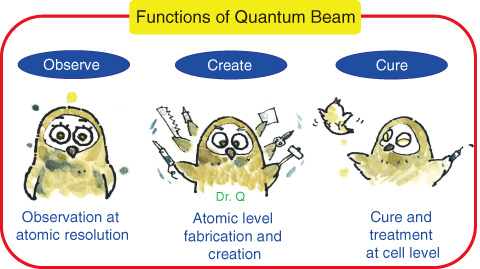
Fig.5-1 Characteristics of quantum beams

Fig.5-2 Quantum beam facilities in Japan Atomic Energy Agency
“Quantum beam” is a generic name for neutron beams, ion beams, electron beams, high-intensity lasers, and synchrotron X-rays, which are generated by accelerators, high-intensity laser facilities, and research reactors. Recently, quantum beam technology has been developed considerably, with the most advanced manufacturing and observations being performed using highly controlled quantum beams.
Quantum beams function as probes in observations of atomic- or molecular-level information by control of the beam parameters. They also allow us to process materials at the nanometer level (i.e., the atomic or molecular level) by interacting with the constituent atoms of a material to change their configuration, composition, and electronic state. In medical applications, they are used for radiotherapy, in which a beam is focused on a cancer cell (Fig.5-1).
We own various quantum beam facilities, such as JRR-3 and J-PARC (Tokai area), TIARA, electron beam and γ-ray irradiation facilities (Takasaki area), J-KAREN and other lasers (Kizu area), and the SPring-8 beamlines (Harima area). We have been conducting research and development (R&D) on advanced beam technology and promoting a variety of fundamental and applied research studies in various fields (materials science, environment and energy, medicine and biotechnology) by using the creating and probing functions of quantum beams. In this chapter, we introduce our recent research topics related to advanced beam technology and the application of quantum beams to those fields (Fig.5-2).
In addition, we are contributing to the recovery from the accident at the Tokyo Electric Power Company, Incorporated Fukushima Daiichi Nuclear Power Station, for example, by developing improved decontamination materials (Chapter 1, Topic 1-9).